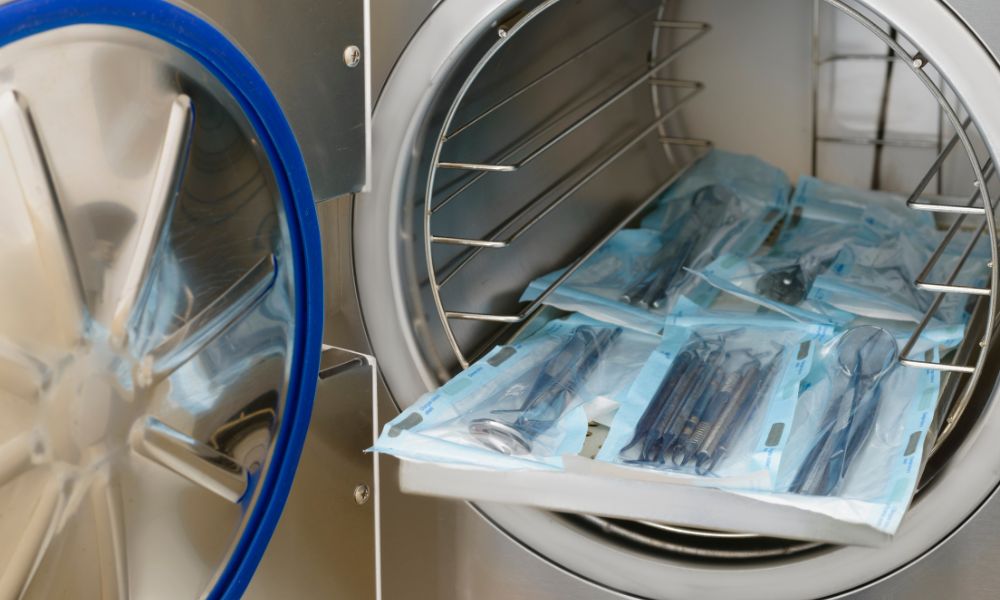Reusable medical devices have become an integral part of modern healthcare, aiding in the diagnosis and treatment of various conditions. However, before these products can hit the market, they must undergo strict testing methods to ensure their safety, efficacy, and reliability. Manufacturers must comply with regulatory requirements to produce high-quality medical devices that are safe and effective for both patients and healthcare professionals. We will explore a few different types of medical device testing methods and why they are crucial to ensuring your product is ready for mainstream use.
Usability Testing
Usability testing involves evaluating how easy and efficient it is for healthcare professionals to use medical devices. This selection of tests considers aspects such as patient safety, human factors, engineering, ease of use, and effectiveness. Manufacturers can perform usability testing in a simulated environment to identify user-interface issues and get feedback from potential users before launching the device. This way, you can ensure your product is as simple to use as possible and more likely to be effective in a real-world setting.
Material Compatibility Testing/ Functionality Testing
Material compatibility testing is especially important for reusable medical devices, as these devices will be used upwards to hundreds of times and device manufacturers need to establish a safe shelf life when devices are exposed to reprocessing conditions. Reusable medical devices require device design control testing of materials, systems, and finished devices to assure that the device and the materials it is comprised of are compatible with the various sterilization & cleaning listed in the devices’ labeling claims. This testing is comprised of running the device through multiple cycles of repeated exposure to cleaning and sterilizations processes. At time intervals, the devices will be evaluated for degradation. Functionality testing involves actuating the device and evaluating its features (physical, electric, etc.) after exposure to these processes. It is essential that healthcare professionals are using devices that are performing correctly, whether they are brand new devices, or have been used 50 times.
Biocompatibility Testing
For many medical devices, certain assessments and treatments require taking samples of a device material and observing whether that material makeup will cause a reaction within the body. Biocompatibility testing ensures medical devices are safe for use inside the human body. Tests such as cytotoxicity, sensitization, and intracutaneous reactivity ensure medical devices do not cause harmful biological reactions when in contact with body tissues.
Sterilization Efficacy Testing
In addition to biocompatibility, medical devices must also demonstrate the ability to be properly sterilized between uses and attain the necessary sterility assurance level. Sterilization is crucial to ensure the safety of medical devices and prevent infections. Depending on the type of device, manufacturers use different sterilization methods, including ethylene oxide, steam, and hydrogen peroxide. Sterilization can be performed using low-temperature methods (hydrogen peroxide, ethylene oxide) that use sterilant penetration to kill microorganisms, or high-temperature methods (steam) that use steam penetration. However, each method will not be compatible with every device. Device manufacturers will be responsible for choosing and validating a sterilization method that is compatible with their device design and material makeup.
Performance Testing
Another type of medical device testing method to know about is overall performance testing. This is similar to usability testing except that it deals with how effective a product is in treating the specified illness or condition. Performance testing involves evaluating medical devices against established performance criteria. This test aims to measure the safety, efficacy, and reliability of devices during routine clinical use. Manufacturers evaluate performance through a variety of tests, including mechanical testing, electrical safety, and electromagnetic compatibility testing.
By investing in product testing, medical companies will reduce hazards associated with their devices and improve their safety parameters. As such, it is vital that you partner with a quality medical device testing lab to ensure you have all the information possible before release. HIGHPOWER works with hundreds of manufacturers, and we provide a collection of different testing services designed to yield useful data. Contact us today to learn how we can best help you with product development.
